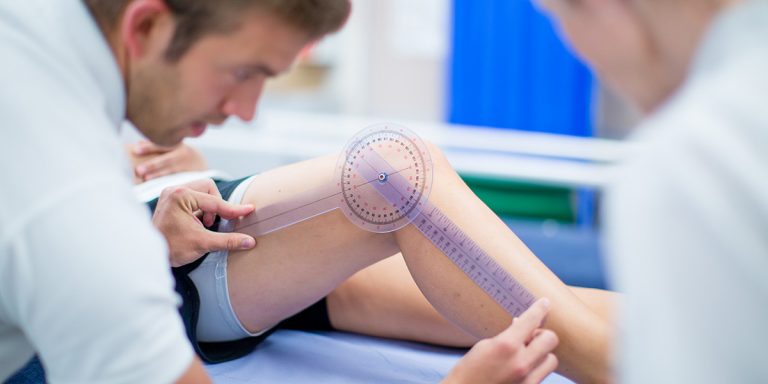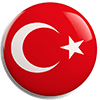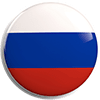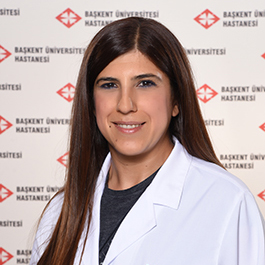
Overview
Physical Medicine and Rehabilitation is a discipline that aims to maximize the function and work capacity of individuals, teach them to live without being dependent to others, increase their quality of life and serve to plan the most effective treatment by helping neurological diseases such as stroke, rheumatoid diseases and orthopedic problems like muscle, joint, bone and spine diseases and sports injuries.
Physical therapy methods include hotpack / cold pack applications, ultrasound, electrical current stimulation, in-water treatments and traction therapies. Moreover, exercises and the correct use of body are the essential components of physiotherapy and rehabilitation practices. Treatments are planned and applied confidently in the light of the latest developments in the world with the help of our modern equipment and experienced team in our center.
Practices and Areas of Focus:
- Orthopedic problems: patient-specific physiotherapy rehabilitation for ache of knee, shoulder, hip and feet secondary to orthopedic diseases, arthroplasty of knee, hip and shoulder, fractures and conditions arising out of spinal diseases are very crucial to help patients return to activities of daily life.
- Gait disorders: gait pattern may be impaired by nervous system diseases, such as spinal or cerebral palsy, Parkinson’s disease and Multiple Sclerosis (MS) as well as injured nerves of feet, but they can also be caused by orthopedic conditions, such as fractures, tendon injuries and muscle ruptures. We take thousands of steps instinctively in a daily life. We recognize how important walking is only when we face a gait problem. Gait disorders and underlying causes are determined and corrected by our experienced team at Physical Medicine and Rehabilitation outpatient clinic.
- Sports injuries: doing sports does not necessitate being an athlete. There is an appropriate sport for every age and personal condition to live a healthy life. While doing sports, we may also suffer from unpleasant sport injuries. Rehabilitation practices form the most important part of treatment in sport injuries.
- Lumbalgia and Cervicalgia: as is the case with the entire world, lumbalgia and cervicalgia are so prevalent in our population and they cause labor loss. Although a part of lumbalgia and cervicalgia can be treated with surgery and intraspinal drug administration, physiotherapy and rehabilitation play a very significant role, either alone or in combination with other modalities, in treatment of lumbalgia and cervicalgia.
- Soft tissue rheumatism (fibromyalgia): fibromyalgia is a syndrome that is manifested by generalized chronic pain and associated with many systemic signs, such as depression, gastrointestinal problems, headache and joint ache. Incidence is 1-2% in general population. It is usually diagnosed at 30 to 50 years of age, but they can also be detected in children and elderly people. It is more common in women than men. Fibromyalgia syndrome does not cause disability, but chronic pain and other systemic signs affect quality of life and activities of daily life adversely. Physiotherapy modalities and exercise have a significant place in treatment of soft tissue rheumatism that is associated with generalized body pain and chronic tiredness.
- Osteoporosis (loss of bone): although osteoporosis is prevalent especially in postmenopausal women, it may also affect elderly men, young men and women. Exercises and physiotherapy methods are very crucial to alleviate dorsalgia (back ache) secondary to osteoporosis and to protect bone health.
- Inflammatory rheumatoid diseases: rheumatoid diseases, such as rheumatoid arthritis and ankylosing spondylitis, cause inflammation and deformity of joints and limited range of motion. Physiotherapy and rehabilitation are required to prevent deformities, alleviate pain, restore functions and engage in activities of daily life.
- Neurological diseases: Stroke, paralysis, spinal cord injury, cerebral trauma or cerebral palsy may lead to weak muscle, difficulty in movement and impaired gait pattern. Physiotherapy and rehabilitation play a very significant role to correct or alleviate existing disorders, facilitate walking, prevent irreversible joint stiffness, relieve paralysis-related pain and boost functioning. Moreover, use of a special device is planned for paralysis to facilitate use of hands and help movements. Physical medicine and rehabilitation modalities are important in treatment of musculoskeletal diseases that may develop at any age, ranging from newborn infants to elderly people, and the resultant disorders. Rehabilitation therapies may increase quality of life, ensure return to activities of daily life and restore functions.






